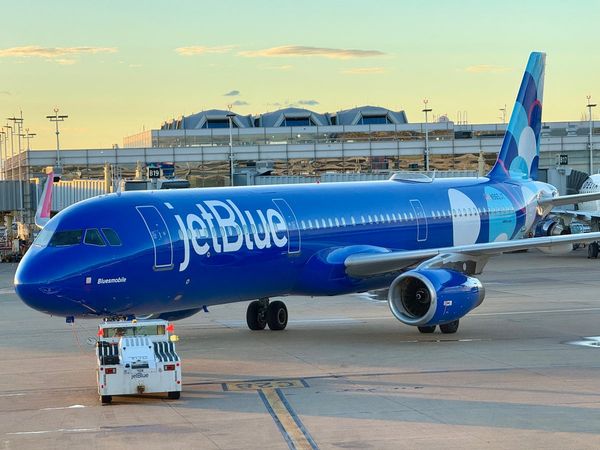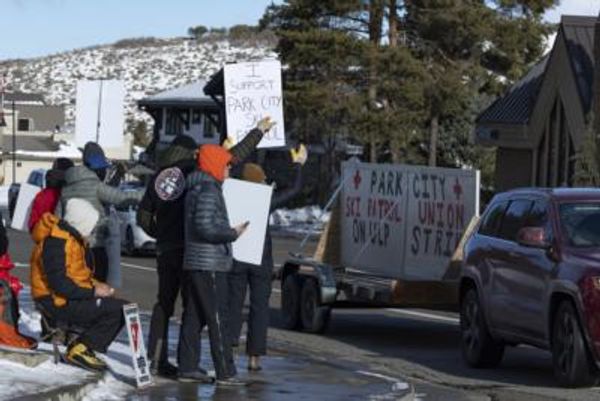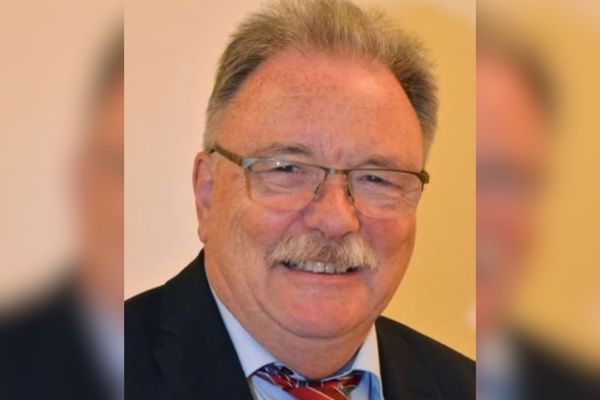
A child-protection system has been lashed as inefficient and unsustainable, beset by bureaucracy that made reform difficult despite at-risk kids being left languishing in motels.
A scathing report into the effectiveness of the Department of Communities and Justice in overseeing child protection was delivered by the NSW auditor-general on Thursday.
"The NSW child-protection system is inefficient, ineffective, and unsustainable," the performance audit concluded.
Despite recommendations of numerous reviews, the department was yet to adopt an early intervention model and operated in a "crisis-driven" mode, it said.
Its organisational structure and governance arrangements did not enable systemic reform, while the department had more than 30 committees governing child protection providing no clarity on decision-making or leadership, the report added.
The department was not meeting its legislated responsibility to ensure children received the necessary care, the audit found.
The findings followed an interim report in May from the NSW Advocate for Children and Young People, which described hundreds of children moving "from cage to cage" in emergency accommodation at hotels, motels and serviced apartments.
The audit identified the department had failed to establish safe and secure accommodation and environments for children in emergency accommodation.
The state spent $300 million on emergency accommodation in the 2022/23 financial year, while there were more than 14,400 children in out-of-home care at the end of that period.
Families and Communities Minister Kate Washington said reform of the system was under way but there remained "significant issues in every direction", as highlighted by the auditor-general.
"For the sake of vulnerable children in families right across NSW, we are determined to fix the broken child-protection system that we inherited," she said.
Changes in the works included a team being put in place to move children out of emergency accommodation and into home-based care and a workforce strategy to address the retention and recruitment of qualified staff.
The Public Service Association said the report confirmed what caseworkers had been saying for years about the failing system.
"Most people would be shocked to learn only one in four kids reported as at risk of serious harm to child protection services by police, nurses or teachers is actually seen because there simply aren't enough child protection caseworkers," general secretary Stewart Little said.
"So that means child protection caseworkers only see the very worst cases."
A separate audit report into the rights of Indigenous children in the child-protection system found the department could not demonstrate its compliance with legislated principles and had failed to deliver on strategies and reforms in the past five years.
This failure was partially due to insufficient governance and accountability arrangements, it said.
Indigenous children made up 45 per cent of those in out-of-home care despite accounting for only seven per cent of children in the state.
Lifeline 13 11 14
Kids Helpline 1800 55 1800 (for people aged 5 to 25)







